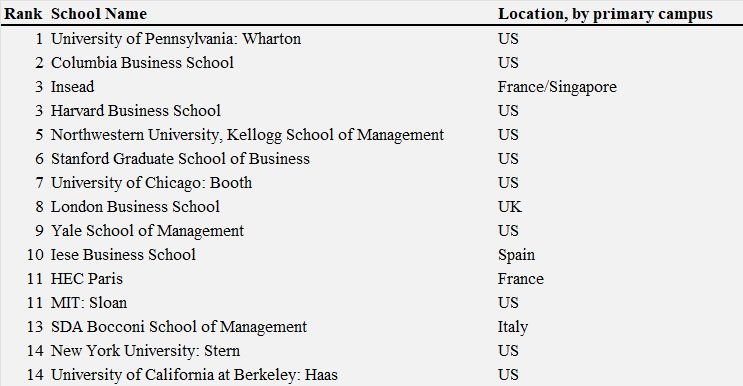Last week, the Harvard Business School posted the submission deadlines for applicants to the MBA Class of 2025, and confirmed the required essay. The essay prompt, consistent with last year, asks: “As we review your application, what more would you like us to know as we consider your candidacy for the Harvard Business School MBA program?” Although the application does not open until June, it’s never too early to start planning your narrative response.
At HBS, as with other elite programs, the essay is a critical component of your application. Not only does it allow you to differentiate yourself among a large pool of highly-qualified applicants, but it provides an opportunity to show the character traits that Harvard values. HBS puts a strong emphasis on character and service, with a longstanding mission “to educate leaders who make a difference in the world.” The program also expressly calls out community values including, “trust and mutual respect, free expression and inquiry, and a commitment to truth, excellence, and lifelong learning.” Dean Srikant Datar describes one of his aspirations for the school as “...stretching HBS and its learners beyond notions of merely personal success toward becoming, collectively and individually, driving forces in redefining the role of business in society around the world—addressing inequality, exclusion, climate change, and other intractable problems.”
Begin with a Brainstorm. Do not underestimate the importance of this step. Document your experiences, positive and negative, that prompted an evolution in your perspective—you know, those “ah-ha!” moments without which you would be a different student, professional, and/or person today. Then, record those experiences that will show the reader your abilities in innovation (critical/creative thinking and problem solving), leadership, and teamwork, as well as those experiences that reinforced your interest in an MBA program. Capture as many details as possible, paying particular attention to what you thought, felt, said, and did in each situation. Your focus should be on adult experiences (from the start of college and later), though stories from your youth could comprise up to 20 percent of this brainstorm.
During your brainstorm, don’t limit yourself by worrying about a cohesive narrative, the quality of your writing, or the number/length of your stories. Simply focus on collecting those situations that helped to guide your path to this point and impacted your decision to apply to the Harvard MBA program.
Once you have these thoughts on paper, look again at all of your experiences. Start to think about the story you want to tell, and also how you can use your experiences to best position yourself with the admissions committee.
The Outline. As you start to consider how you will anchor and organize your essay, you’ll want to think about your application as a whole—MBA Admissions committees are looking for you to demonstrate MBA-readiness with high potential in the areas of innovation, leadership, and teamwork—so you can use your essay strategically to show those qualities that may not be covered in your other materials. For example, if you have a perfect score on the analytical section of your GMAT and fantastic work experience in an analytical career on your resume, you may wish to use your essay to take the reader on a deep dive into your most meaningful leadership and/or community engagement experience.
Create a draft. Now, it is time to start writing. While there is no limitation on length, we recommend that you target about 1300 to 1500 words. Keep in mind that you must be showing, not telling the reader who you are. Invite the reader into your life by highlighting sensory details, such as smells and sounds, and don’t hesitate to engage your readers emotionally. Sprinkle in humor (if you feel comfortable doing so) or hit a poignant note. In contrast to your resume which provides a general overview of your experiences, your essay responses should go deep into a story that allows the reader to come to their own conclusions about some of your character traits and abilities. Highlight how you’ve struggled, triumphed, learned, and how these experiences have developed you into the person you are now.
And don’t forget that the essay is part memoir, part strategic communication. Amidst your reflections, don’t neglect to make it clear why a Harvard MBA is your next step. The question is asking about you (rather than “Why Harvard?”), but you’ll want to write it so that the reader finishes with a clear understanding of why a Harvard MBA is the next logical step.
Review. Revise. Repeat. Read your essay aloud noting where you stumble. Make revisions as necessary. Once it reads smoothly, set it down and walk away for at least 24 hours. Then re-read it. Is it you? Is it personal and authentic? You want the reader to see the real person behind the applicant number. While we caution against “oversharing,” being appropriately vulnerable will create connection.
Related blogs:




